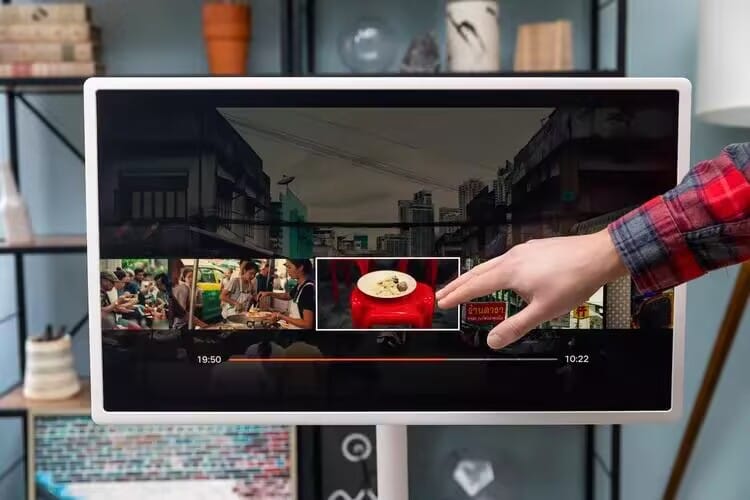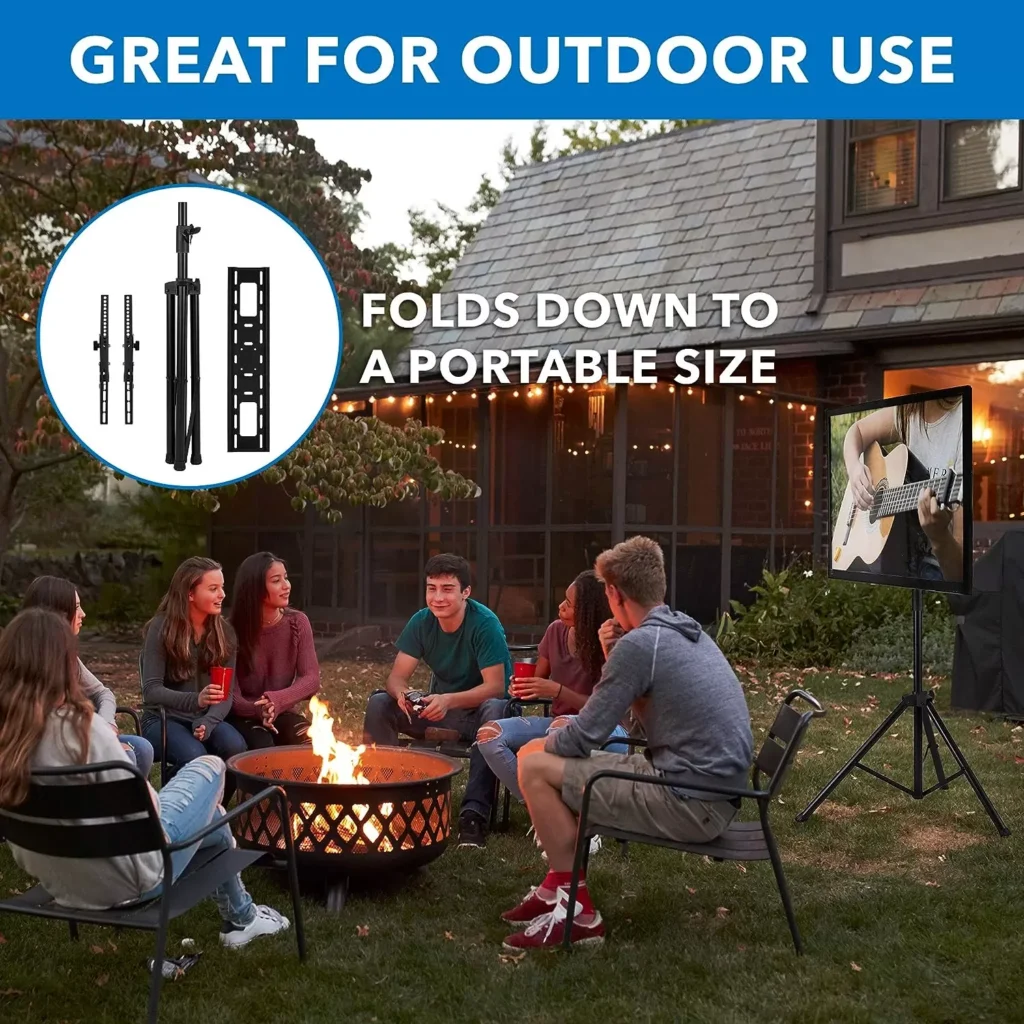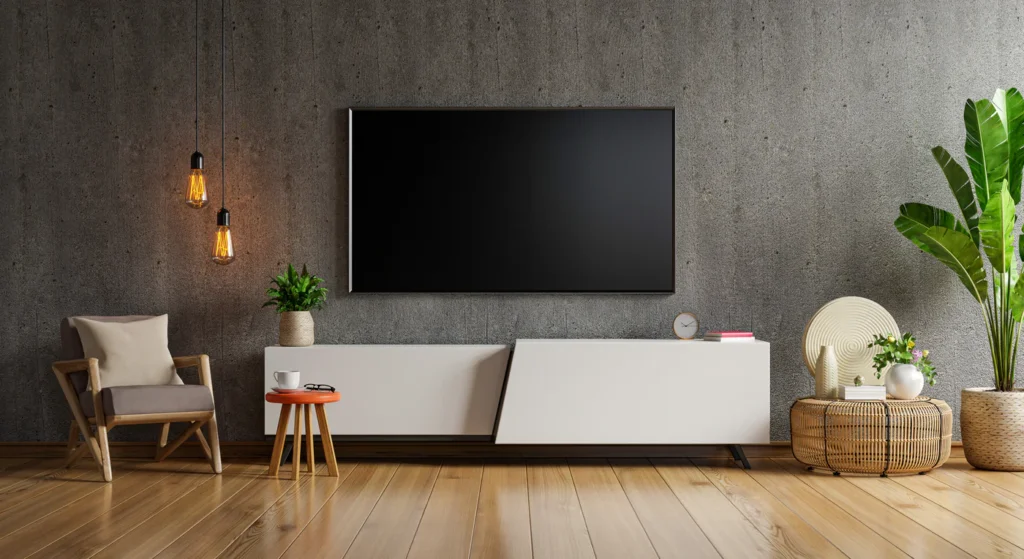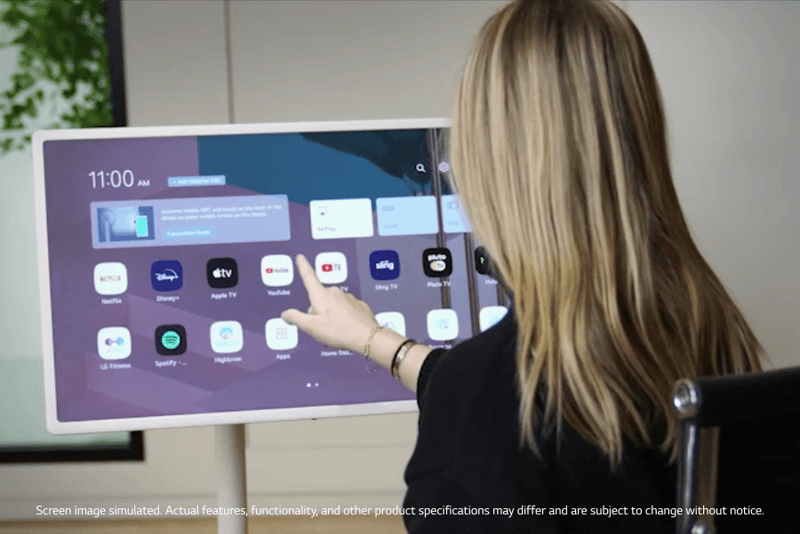In the ever-evolving landscape of education, technology continues to play a crucial role in enhancing learning experiences. One of the most exciting developments in this realm is the advent of the tablet TV on wheels. This innovative device merges the portability of a tablet with the functionality of a television, offering educators and students a versatile tool for dynamic teaching and learning. In this blog post, we will explore various innovative uses for a tablet TV on wheels in educational settings, showcasing how it can transform the way we teach and learn.
What is a Tablet TV on Wheels?
A tablet TV on wheels is a mobile device that typically consists of a tablet mounted on a wheeled stand, allowing for easy movement within classrooms and educational spaces. This setup provides a large screen display for presentations, video streaming, and interactive lessons, making it an ideal solution for various educational needs. The mobility of the tablet TV allows educators to move it effortlessly between different classrooms, ensuring that technology can be utilized wherever it is needed.

1. Enhancing Interactive Learning
One of the most significant advantages of using a tablet TV on wheels in education is its ability to enhance interactive learning. Educators can utilize the large display to facilitate group discussions, brainstorming sessions, and collaborative projects.
For example, teachers can project educational videos, interactive quizzes, or real-time data visualizations on the tablet TV, making lessons more engaging for students. The portability of the device allows teachers to wheel it around the classroom, encouraging participation from all students, regardless of their seating arrangement. This dynamic approach fosters a more inclusive learning environment, where every student can contribute and engage with the material.
2. Flexible Classroom Configurations
Traditional classrooms often have fixed seating arrangements that can limit interaction and engagement. With a tablet TV on wheels, educators can easily adapt their classroom setup to suit various teaching styles and activities.
For instance, during group projects, teachers can rearrange seating to facilitate collaboration while bringing the tablet TV to the center of the room. This flexibility allows for more effective peer-to-peer interaction and teamwork, essential components of a modern educational experience. Additionally, the tablet TV can be used for presentations in a seminar-style format, accommodating different learning environments and fostering diverse teaching methods.
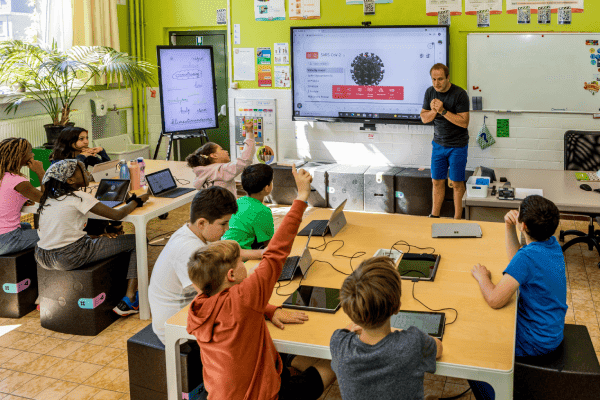
3. Supporting Differentiated Instruction
Every student learns differently, and effective educators strive to meet the diverse needs of their students. A tablet TV on wheels can be instrumental in supporting differentiated instruction, where teachers tailor their teaching strategies to accommodate individual learning styles and paces.
For example, teachers can use the tablet TV to display various resources, such as videos, infographics, or interactive simulations, catering to different learning preferences. Students who benefit from visual learning can engage with multimedia content, while those who prefer auditory learning can listen to explanations or discussions projected on the large screen. This versatility empowers educators to address the unique needs of their students, promoting a more personalized learning experience.
4. Facilitating Remote Learning and Collaboration
In recent years, remote learning has become an integral part of education, making it essential for schools to incorporate technology effectively. A tablet TV on wheels can serve as a valuable tool for facilitating remote learning and collaboration between students and educators.
Using video conferencing applications, teachers can connect with students who are learning from home, ensuring they remain engaged and included in classroom activities. The mobility of the tablet TV allows teachers to move around the classroom while conducting remote lessons, maintaining a sense of presence and interaction with both in-person and online learners. This hybrid approach to teaching helps to create a cohesive learning environment that accommodates various learning circumstances.
5. Enhancing Presentations and Guest Lectures
Guest lectures and presentations are common in educational settings, offering students exposure to diverse perspectives and expertise. A tablet TV on wheels can enhance these experiences by providing a flexible platform for guest speakers to showcase their content.
When hosting a guest lecture, educators can easily wheel the tablet TV into the classroom and connect it to the speaker’s device. This setup allows for a smooth transition and a professional presentation experience. Additionally, the portability of the tablet TV means that it can be moved to different locations within the school for larger events, such as assemblies or workshops, ensuring that everyone can benefit from high-quality presentations.
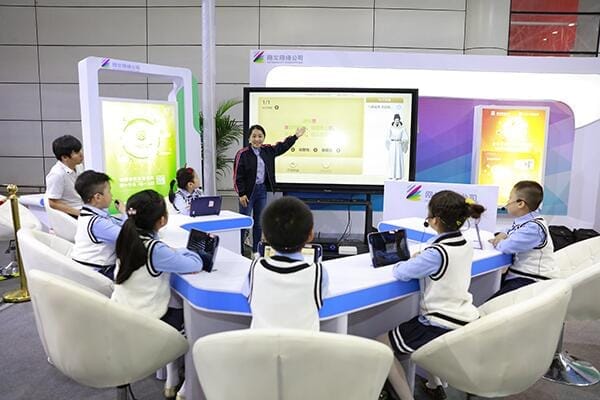
6. Streamlining Administrative Tasks
A tablet TV on wheels can also assist educators in streamlining administrative tasks. For instance, teachers can use the tablet to display announcements, schedules, and important information during school events. This functionality is particularly useful during parent-teacher conferences or open houses, where educators can provide visuals to accompany their discussions with parents.
Moreover, the tablet TV can serve as a digital bulletin board, displaying important updates or achievements within the school community. This ability to share information visually enhances communication between educators, students, and parents, fostering a sense of community and collaboration.
7. Supporting STEM Education
Science, technology, engineering, and mathematics (STEM) education is critical for preparing students for the future. A tablet TV on wheels can support STEM learning by providing a dynamic platform for interactive lessons, experiments, and problem-solving activities.
For example, during a science lesson, educators can use the tablet TV to display live data from experiments or simulations, allowing students to visualize concepts in real time. This hands-on approach to learning fosters critical thinking and encourages students to explore scientific principles actively. The mobility of the device allows for easy movement between different stations or groups, promoting collaboration and teamwork during STEM activities.
Conclusion
The tablet TV on wheels represents a significant advancement in educational technology, providing a versatile tool for enhancing teaching and learning experiences. Its mobility, interactivity, and flexibility make it an invaluable asset in modern classrooms. From facilitating collaborative learning to supporting differentiated instruction, the innovative uses of a tablet TV on wheels can transform the educational landscape.
As schools continue to adapt to the changing needs of students and educators, incorporating mobile technology like the tablet TV on wheels will play a crucial role in fostering engaging, inclusive, and effective learning environments. By embracing this innovative tool, educators can enhance their teaching strategies and prepare students for success in an increasingly digital world.
